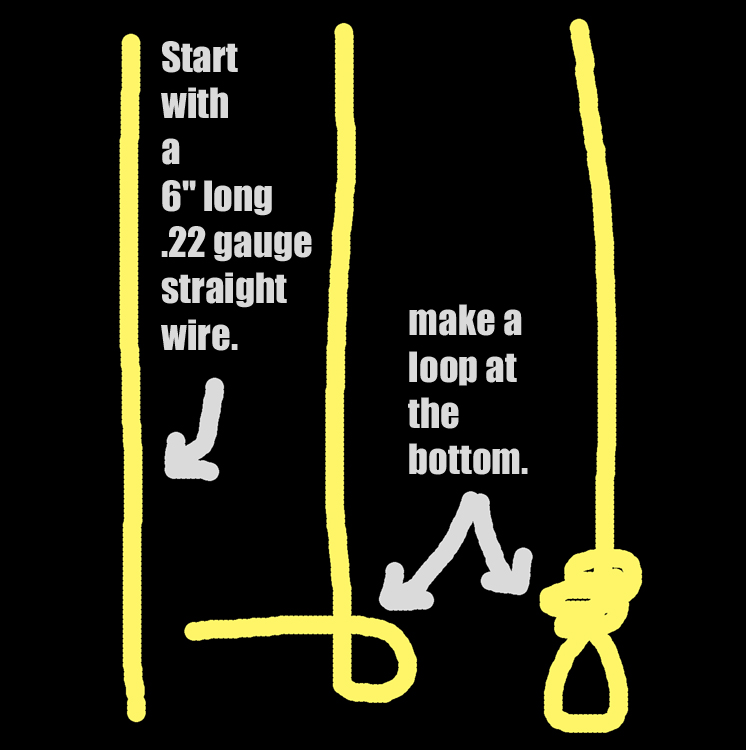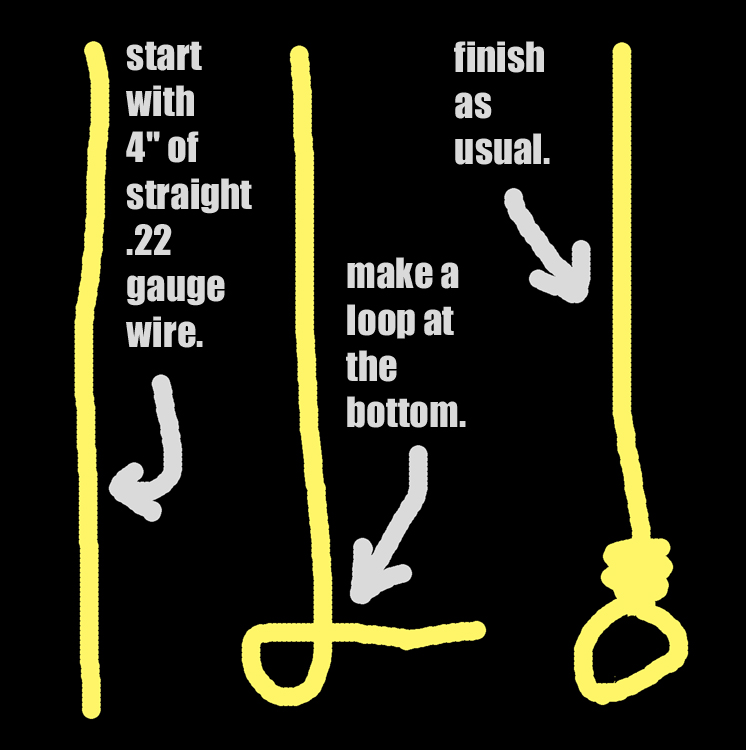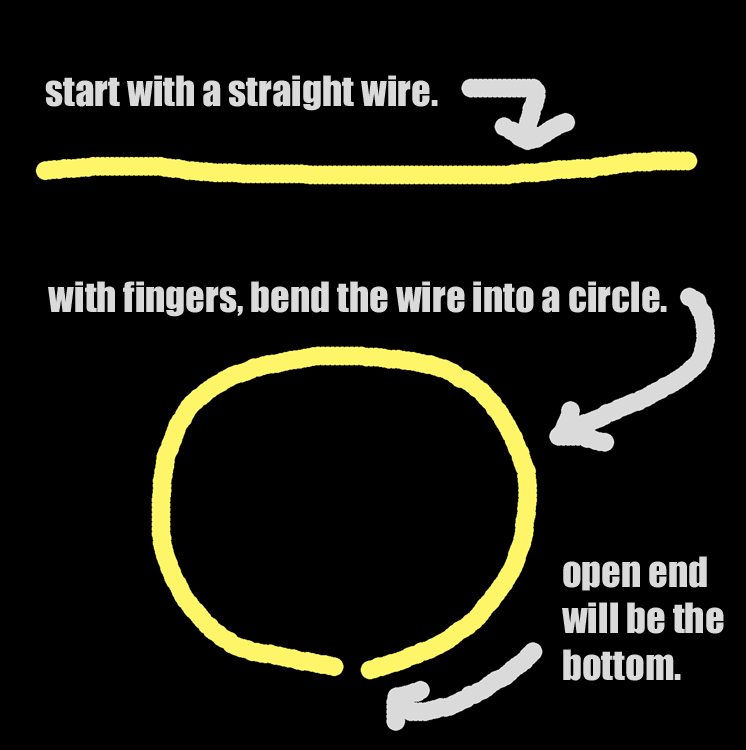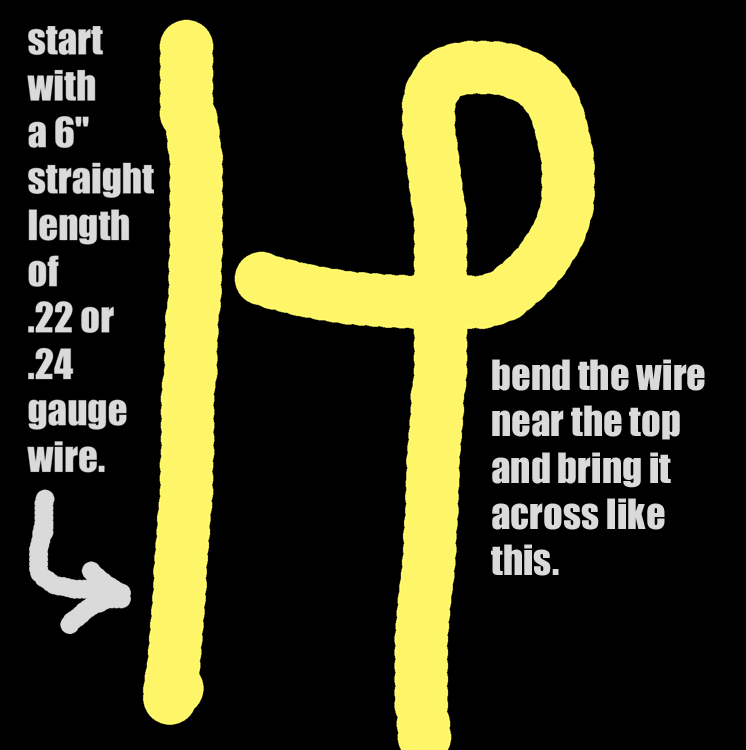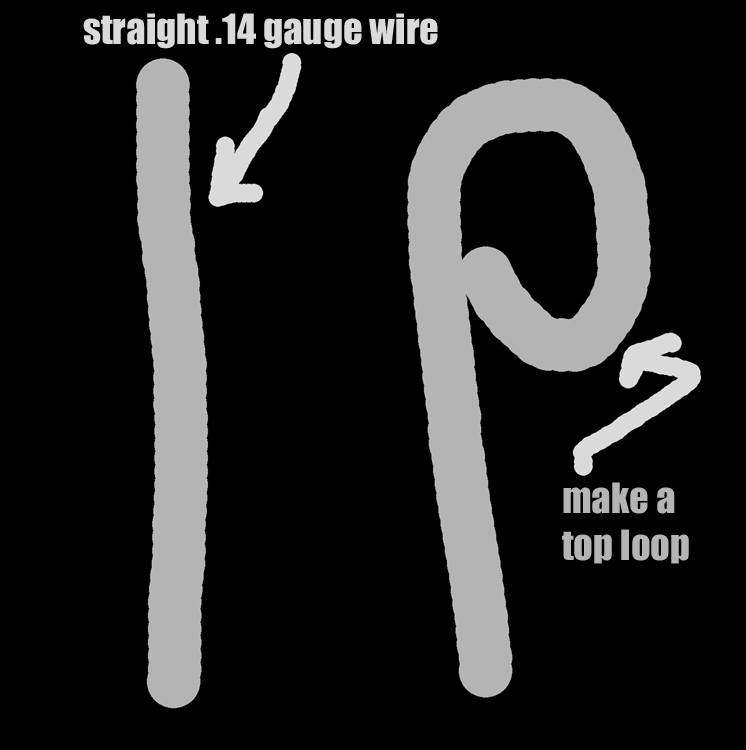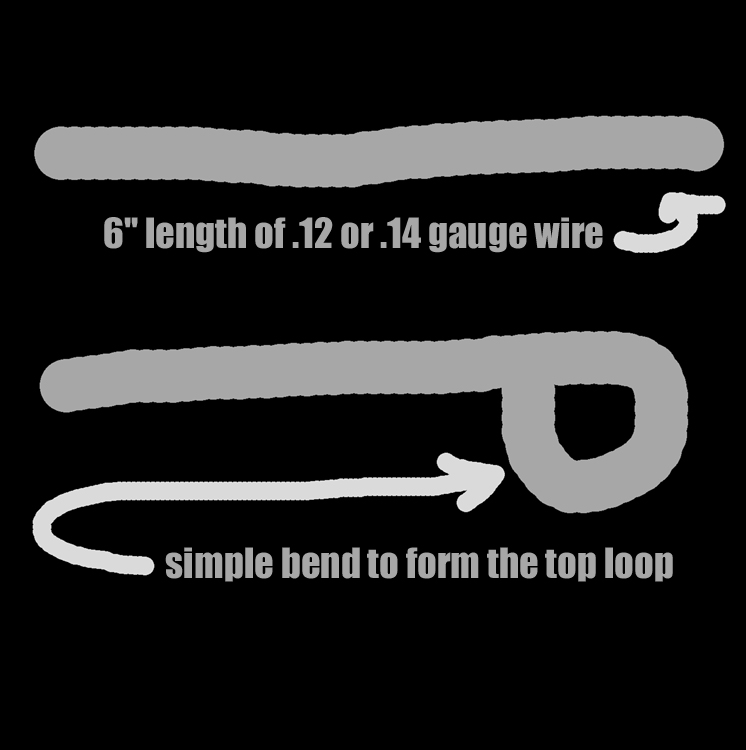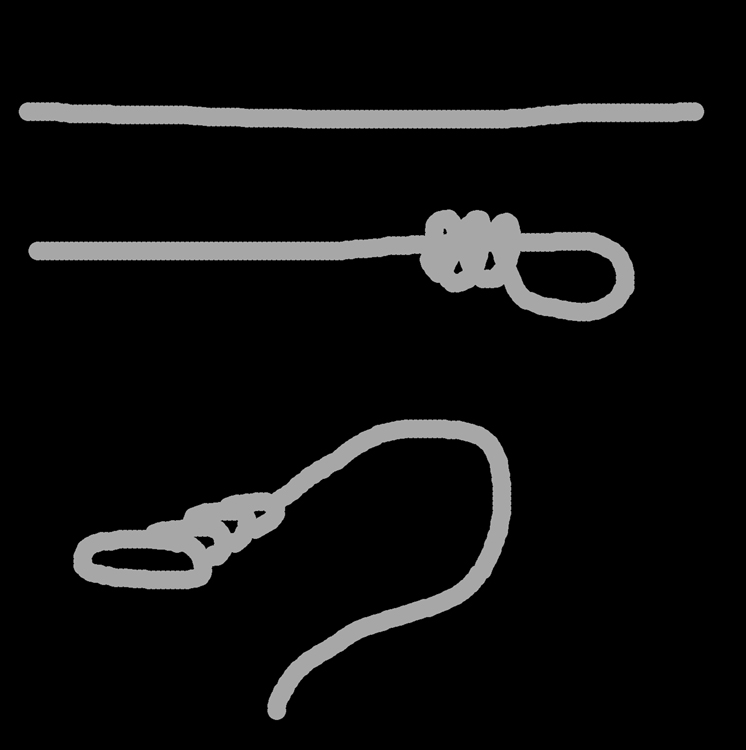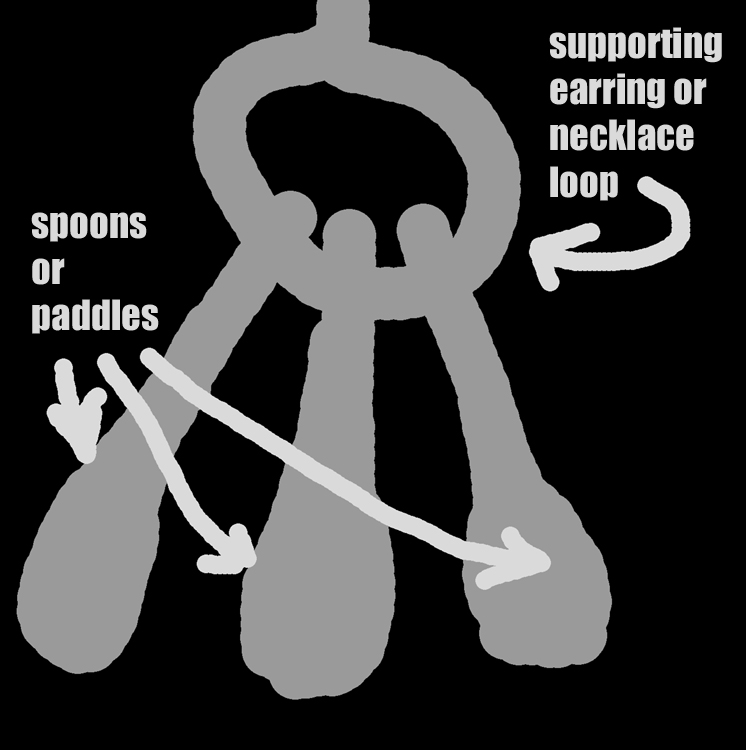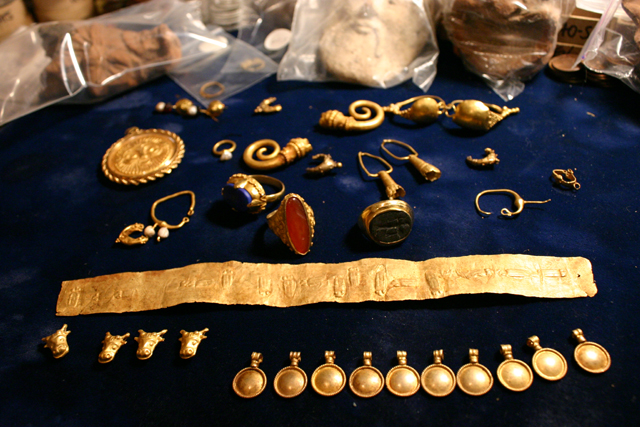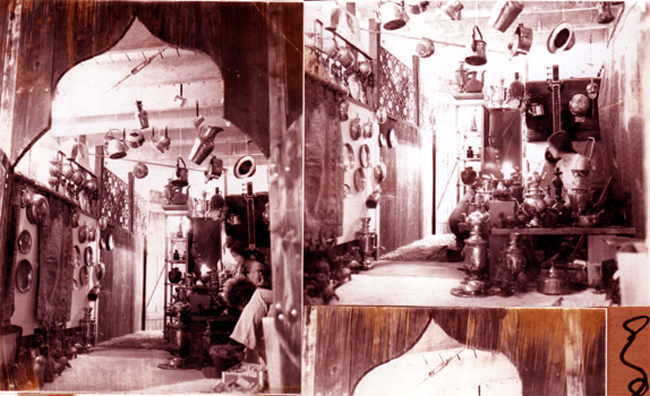
This is your most basic STERLING SILVER earring kit, the Sumerian Steatite Earring Set. Here’s what you should have received in your kit, each packaged in its own zip-lock baggie, tagged for quick identification — check each item off this list to make sure you have everything you’re supposed to have in the kit:
- Four Whitish Sumerian Steatite beads. These came originally from the Susa at Uruk, the main city of ancient Sumer, and were legally and openly brought into the United States prior to 1964, the year when I obtained them from Joe Rose at Superior Stamp & Coin in New York City. Joe was a longtime friend and a very responsible and honest antiquity dealer — that’s not at all rare in the profession — these are amazing and magical beads; almost all of them were intact, and among the steatite beads, I found Carnelian, Jasper, Hematite and Lodestone, among other variants. The white steatite stone-carved beads were made around 4500 B.C. out of flat-cut stone, hand-rubbed and rolled on flat rocks to burnish them down into flattish rounds after drilling the hole in the center with a bow-drill, which is still used in some parts of the world today. Absolutely Guaranteed Authentic 6,000 year-old ancient beads.
- Four 3mm modern factory-made .925 sterling silver “spacer” beads.
- Four 6mm handmade modern .999 fine silver Bali style fancy spacer beads.
- One labeled package containing 12 modern .925 sterling silver wires, about 1″-1.5″ (30mm – 40mm) long, ready for clipping & bending.
- One labeled package containing 2 modern .925 sterling silver .22 gauge wires, about 4″, or 100mm long, to form the Core Wires.
- One labeled package containing 2 modern .925 sterling silver .20 gauge silver wires, about 4″, or 100 mm long, from which you’ll make the hand-made ear-wires, the crowning touch of a fine set of ancient style earrings.


